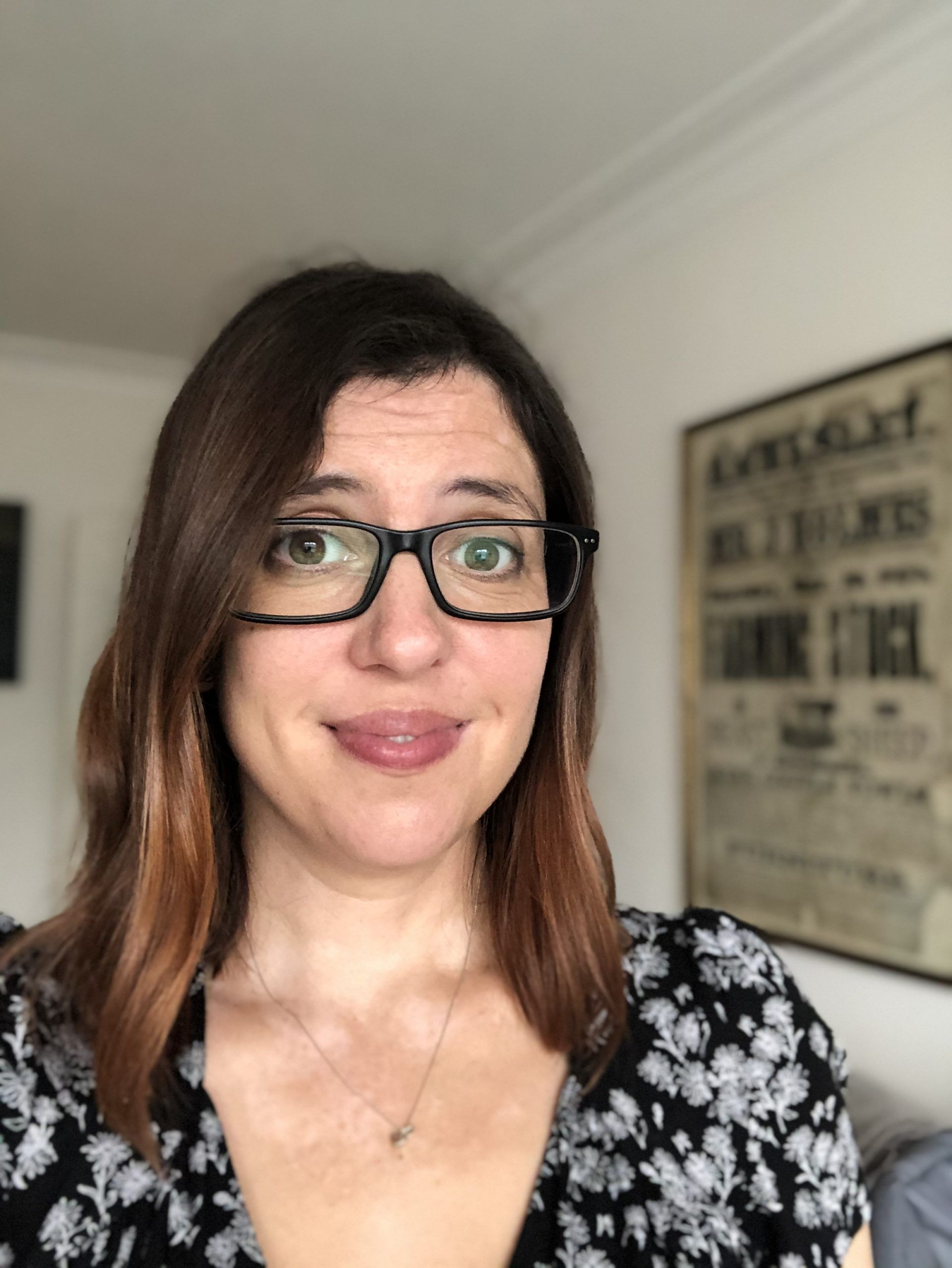Learning objective
- To sort data for a purpose.
Success criteria
- I understand that databases are used for different
This content is for subscribers only. Join for access today.
National curriculum
Computing
Pupils should be taught to:
- Understand
This content is for subscribers only. Join for access today.
Cross-curricular links
None.
This content is for subscribers only. Join for access today.
Before the lesson
This content is for subscribers only. Join for access today.
Lesson plan
Recap and recall
Display the Presentation: Agree or disagree? and read out the statement. Allow time for paired discussion.
This content is for subscribers only. Join for access today.
Extended-mode explainer videos
How to extend your display to view the lesson page and preseantion mode simultaneously. Choose your operating system below to watch the video
If you need further support with extending your display,
please contact [email protected].
Extended-mode explainer video: For Mac
Extended-mode explainer video: For Windows
Adaptive teaching
Pupils needing extra support
Could be directed to a certain website and given a destination; could be shown how to sort and filter the information by different fields.
Pupils working at greater depth
Should conduct their own searches to find the best possible offers.
This content is for subscribers only. Join for access today.
Assessing progress and understanding
Pupils with secure understanding indicated by: explaining what databases are used for;
This content is for subscribers only. Join for access today.
Vocabulary definitions
-
database
Collected data stored and organised on an electronic device.
-
filter
Displays specified or selected data types.
This content is for subscribers only. Join for access today.
In this unit
Assessment - Computing Y3: Comparison cards databases
Lesson 1: Records, fields and data
Lesson 2: Race against the computer
Lesson 3: Sorting and filtering - Google
Lesson 3: Sorting and filtering - Microsoft
Lesson 4: Representing data - Google
Lesson 4: Representing data - Microsoft
Lesson 5: Planning a holiday

